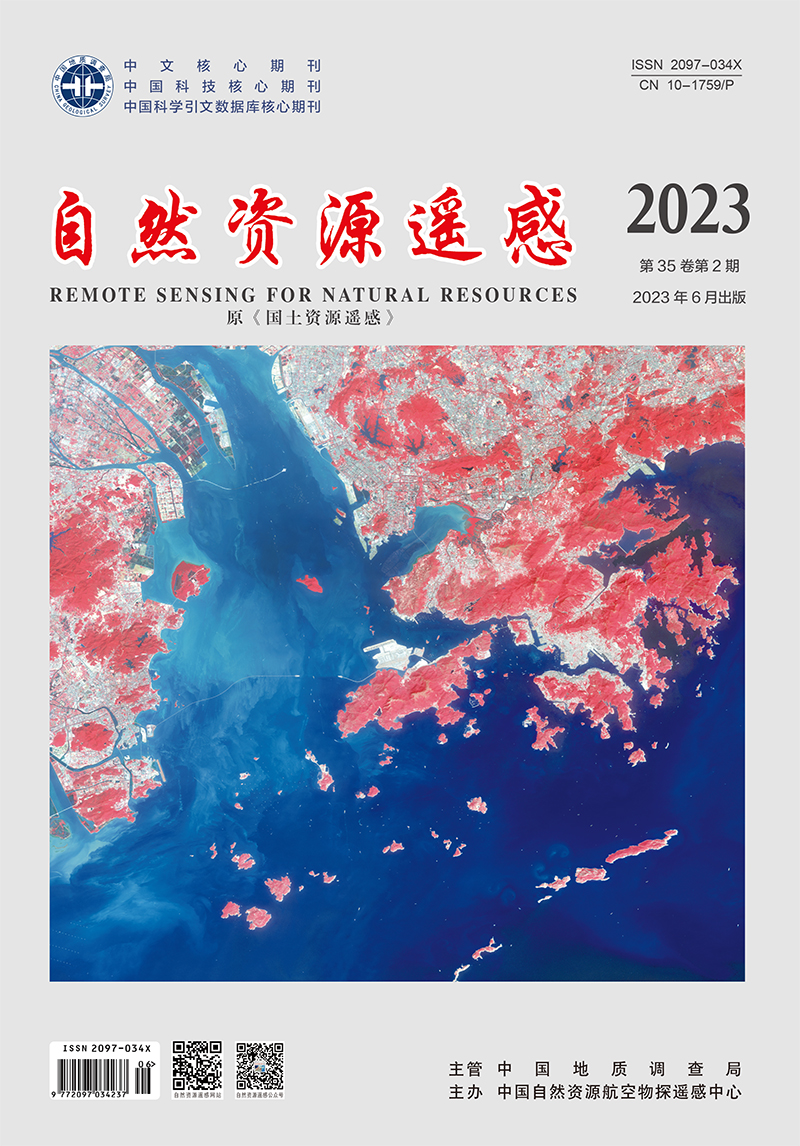PAN Jianping, FU Zhanbao, DENG Fujiang, CAI Zhuoyan, ZHAO Ruiqi, CUI Wei. 2023. A time-series InSAR-based analysis of surface deformation of hydro-fluctuation belts and the effects of hydrological elements. Remote Sensing for Natural Resources, 35(2): 212-219. doi: 10.6046/zrzyyg.2021413
| Citation: |
PAN Jianping, FU Zhanbao, DENG Fujiang, CAI Zhuoyan, ZHAO Ruiqi, CUI Wei. 2023. A time-series InSAR-based analysis of surface deformation of hydro-fluctuation belts and the effects of hydrological elements. Remote Sensing for Natural Resources, 35(2): 212-219. doi: 10.6046/zrzyyg.2021413
|
A time-series InSAR-based analysis of surface deformation of hydro-fluctuation belts and the effects of hydrological elements
More Information
-
Corresponding author:
FU Zhanbao
-
Abstract
Hydro-fluctuation belts are frequently struck by geological disasters. Therefore, ascertaining the effects of hydrological factors such as reservoir water level and rainfall on the surface deformation of these belts is of great significance for the early warning, prevention, and control of geological disasters. Based on 63 scenes of Sentinel-1 ascending images of the Fengjie section of the Three Gorges Reservoir Area from July 2018 to July 2020, this study conducted the inversion of surface deformation using the small baseline subset interferometric synthetic aperture Radar (SBAS-InSAR) technique. The inversion results were compared with the data of ground monitoring points, and the hydrological elements were analyzed using the time series diagrams of deformation, reservoir water level, and monthly rainfall. The conclusions are as follows: ① The change in the reservoir water level and rainfall are important factors causing surface deformation. The effects of the change in the reservoir water level on the slope are primarily reflected in the buoyancy effect and the water level difference inside and outside the slope. In comparison, rainfall can decrease the shear strength and increase the dead weight of the slope, thus further increasing the deformations; ② Quicker change in the reservoir water level corresponds to larger surface deformation, and vice versa; ③ Rainfall is directly proportional to surface deformation and totally dominates the surface deformation in the case of extremely heavy precipitation; ④ The surface of the study area is stable overall. However, two deformation anomaly zones have been found near the hydro-fluctuation belt. They have annual deformation rates of over 30 mm/a, with a maximum of up to 89 mm/a within the anomaly zones. The above conclusions have high theoretical and practical values and can provide scientific support for the accurate prevention and control of geological disasters in hydro-fluctuation belts.
-

-
-
Access History







 DownLoad:
DownLoad: